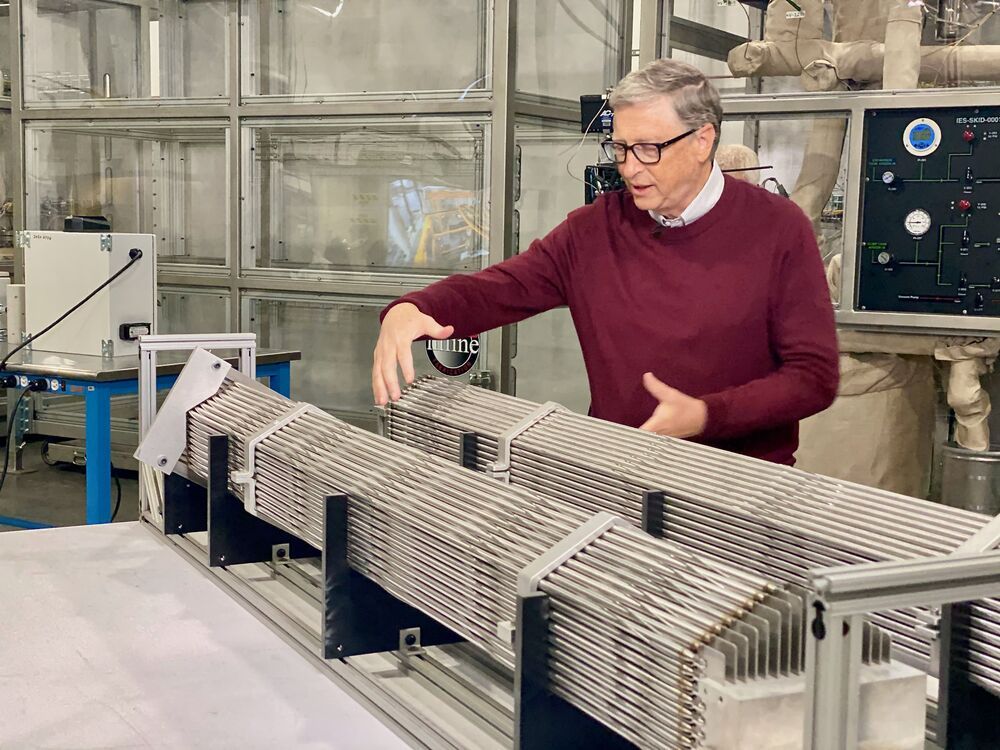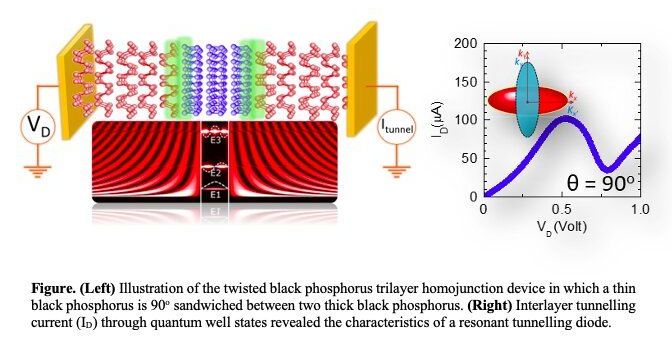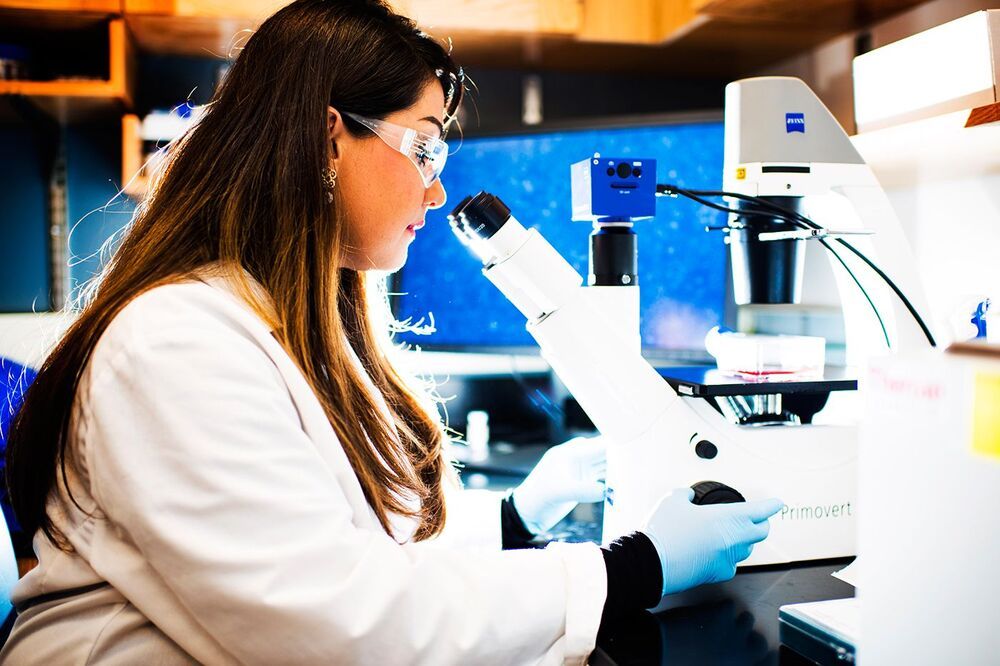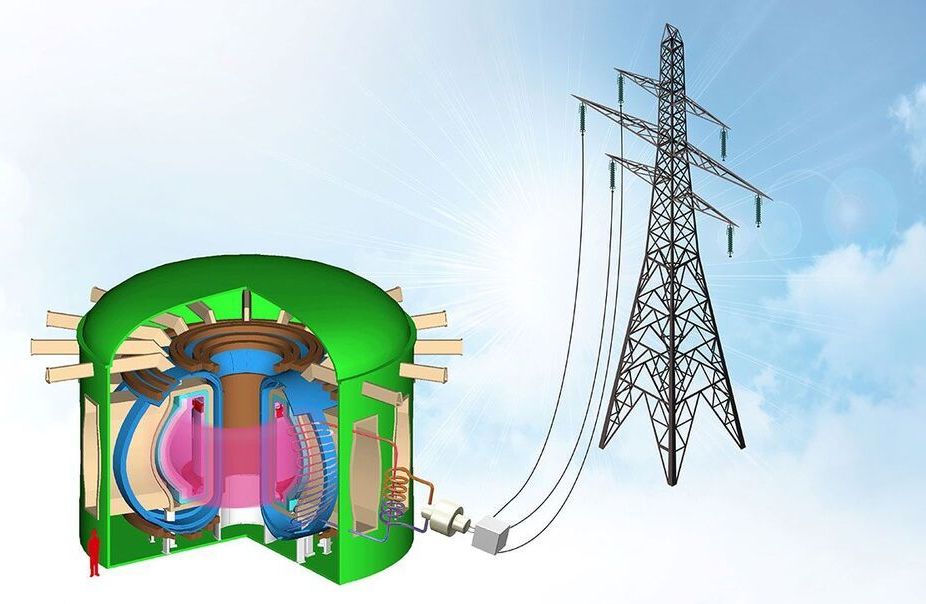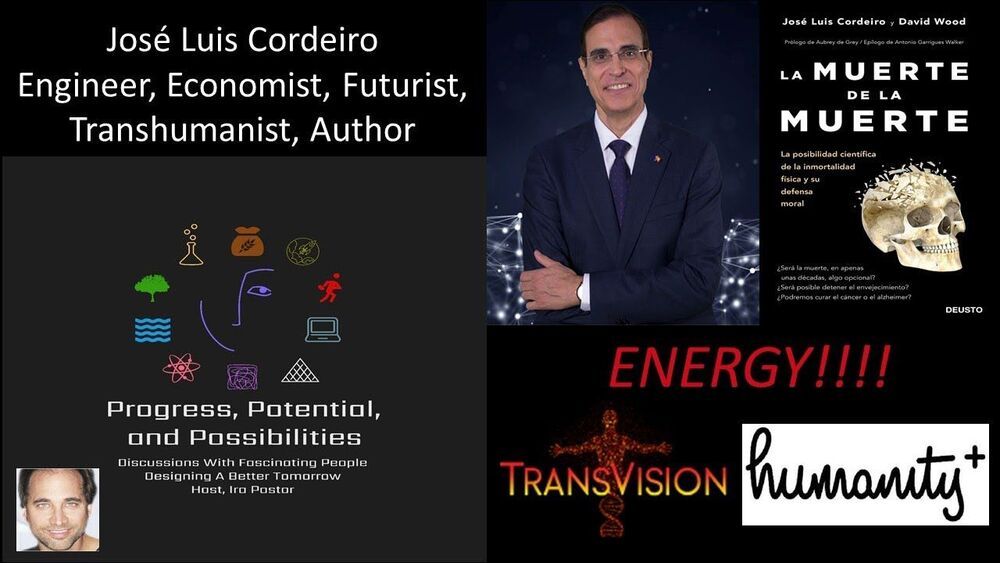Apr 19, 2021
Want to work in the growing space industry? How one CEO says hiring needs to expand
Posted by Genevieve Klien in categories: business, engineering, government, mathematics, space
The growth of space businesses makes this “the most exciting time” to be involved in the industry, but one CEO says private and government organizations must do more to tap the next generation of U.S. workers.
“I do think there’s opportunities for everybody to participate in the excitement … [and] it’s a great opportunity for the government to really lean in on looking for those public-private partnerships,” Steve Isakowitz, CEO of The Aerospace Corporation and former president of Virgin Galactic, told attendees of the America’s Future Series Space Innovation Summit. The event ran on April 6 and 7.
“We need to do more and expand the candidate pool — we’ve got to make sure that all of America has the benefit of being part of the STEM, K-12, opportunities that are out there,” he added, referring to the academic discipline that includes science, tech, engineering and math.

